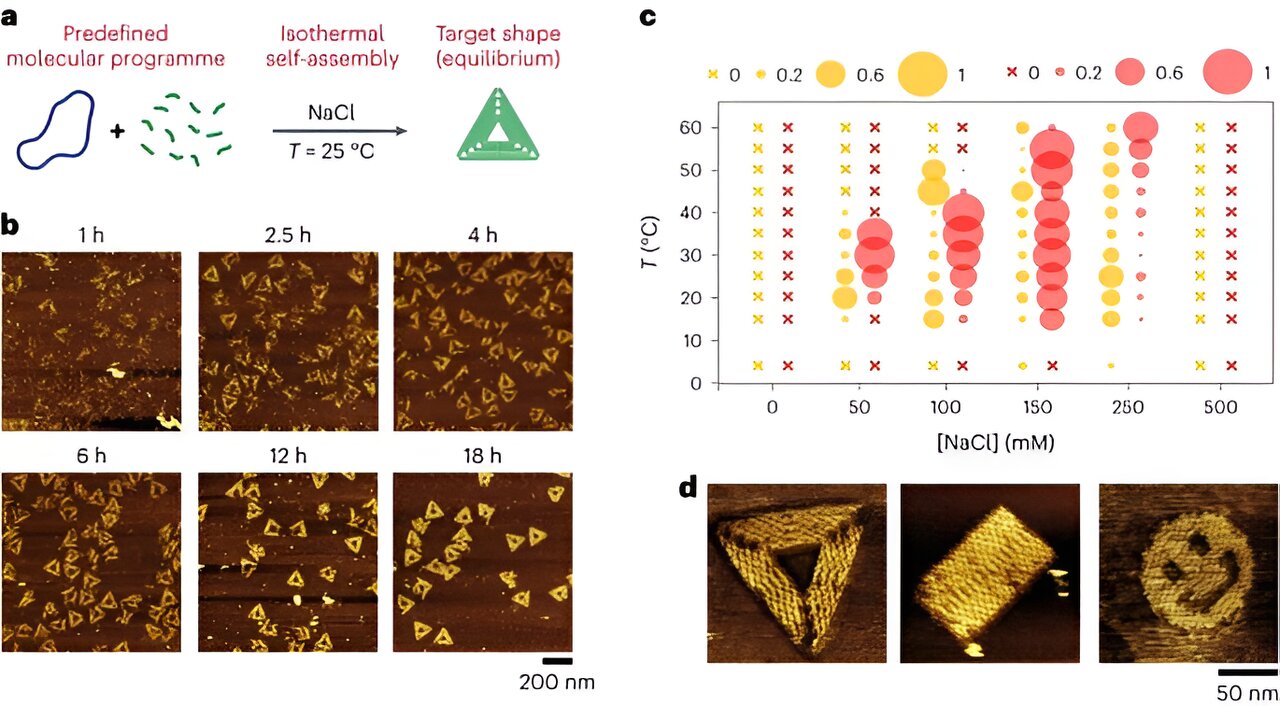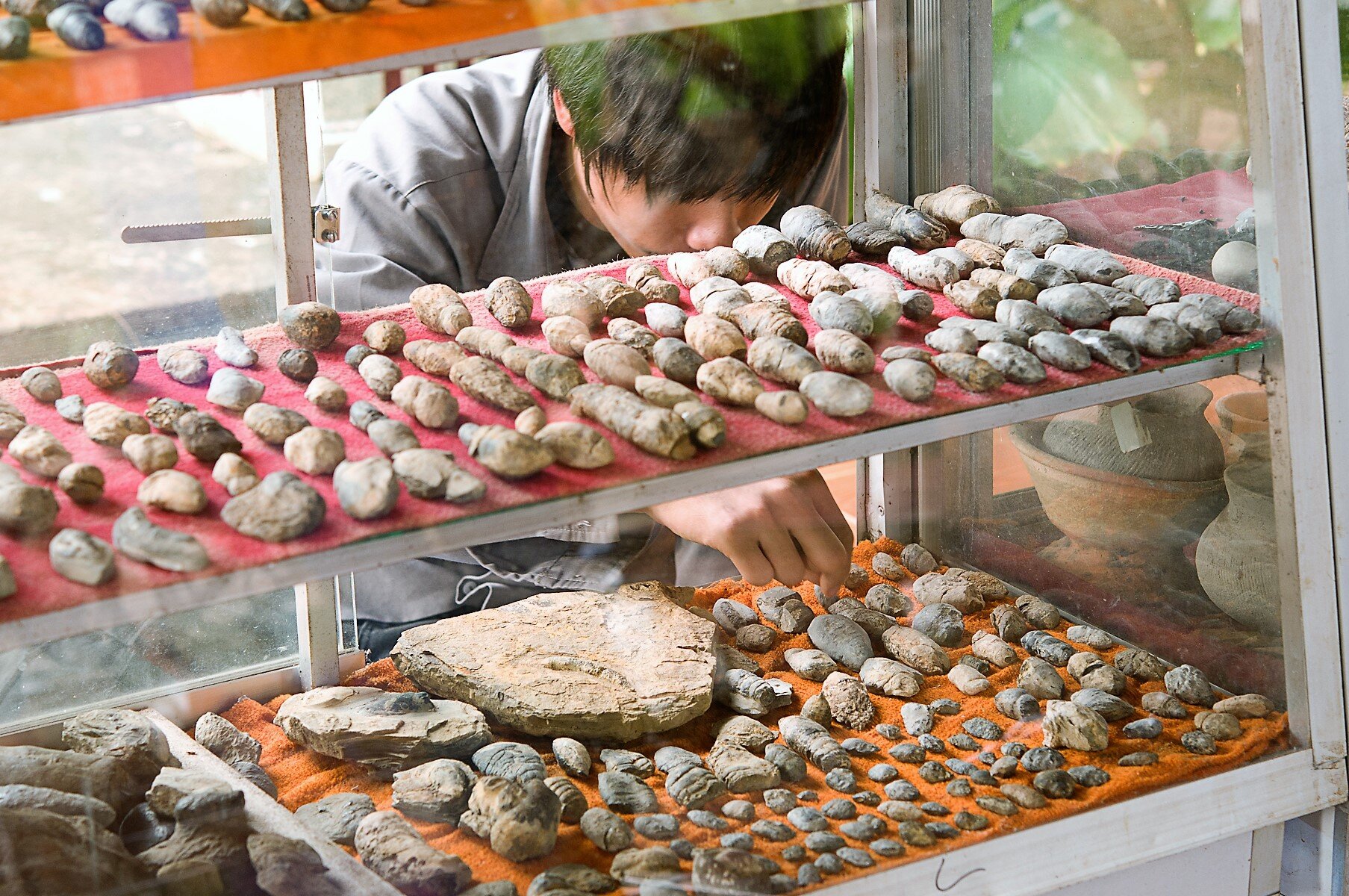Imagine being able to engineer DNA nanostructures by simply annealing complementary DNA strands together. In a groundbreaking study published in Nature Nanotechnology, Caroline Rossi-Gendron and a team of researchers from France and Japan have achieved just that. Using a magnesium-free buffer, sodium chloride, and a mixture of DNA strands and proteins, they were able to self-assemble nanostructures at room temperature or physiological temperature. These structures included nanogrids, DNA origami, and single-stranded tile assemblies.
This self-assembly process relied on thermodynamics, allowing for the creation of highly configurable nanostructures. The most stable shape was selected from a pool of competitive DNA strands, expanding the range of shapes and functions that can be obtained through isothermal self-assembly. This breakthrough paves the way for adaptive nanomachines and the discovery of evolutionary nanostructures.
Self-assembly in nature and the lab
Self-assembly occurs when entities interact and organize themselves into functional superstructures. Synthetic self-assembled materials are typically created by organizing a repeating single component, resulting in stable supramolecular assemblies with specific properties. However, these constructs have limited reconfigurability, making it difficult to produce desired structures.
Structural DNA nanotechnology overcomes this challenge by utilizing the base-pairing principle of DNA strands. By annealing synthetic DNA strands, diverse and elaborate superstructures can be created with precise shape, size, and functionality. Multicomponent structures are typically formed through thermal annealing, but this can hinder spontaneous nanostructure formation.
Structural DNA nanotechnology
In this study, Rossi-Gendron and her team demonstrated a method of structural DNA nanotechnology that relies on isothermal self-assembly. They created user-defined DNA nanostructures, such as DNA origami and DNA nanogrids, without the need for thermal pretreatment. The team used atomic force microscopy to study the structural complexity of these nanostructures and revealed the multiplicity of folding pathways involved in their self-assembly.
DNA origami via self-assembly in sodium chloride
The team conducted experiments in a thermodynamically regulated isothermal self-assembly environment to achieve shape transformation. By using an alternative buffer supplemented with monovalent salts, they observed the formation of properly folded sharp triangles at room temperature within a few hours. This electrostatically driven self-assembly process allowed for the generation of custom nanostructures under a broad temperature window.
The researchers also explored the possibility of spontaneous self-assembly at room or body temperature without thermal pretreatment to create a variety of morphologies. While the yield of these constructs was low, it highlighted the potential for optimization in nanostructure design.
Multiplicity of folding pathways and shape-shifting
The team further investigated the mechanisms of isothermal self-assembly by studying the folding pathway of DNA origami in real-time. They discovered that achieving the equilibrium structure relied on multiple folding paths, rather than a single specific pathway. This thermodynamically regulated process allowed for spontaneous evolution from one origami shape to a dramatically different stable construct.
Outlook
This study demonstrates the potential of using a generic saline buffer and a mixture of DNA strands for self-assembly at constant temperature. The ability to form properly shaped objects, such as origamis and DNA nanogrids, at room temperature opens up possibilities for dynamic functions in ambient environments and living systems. This research provides a foundation for nanostructure discovery using large libraries of DNA components.








